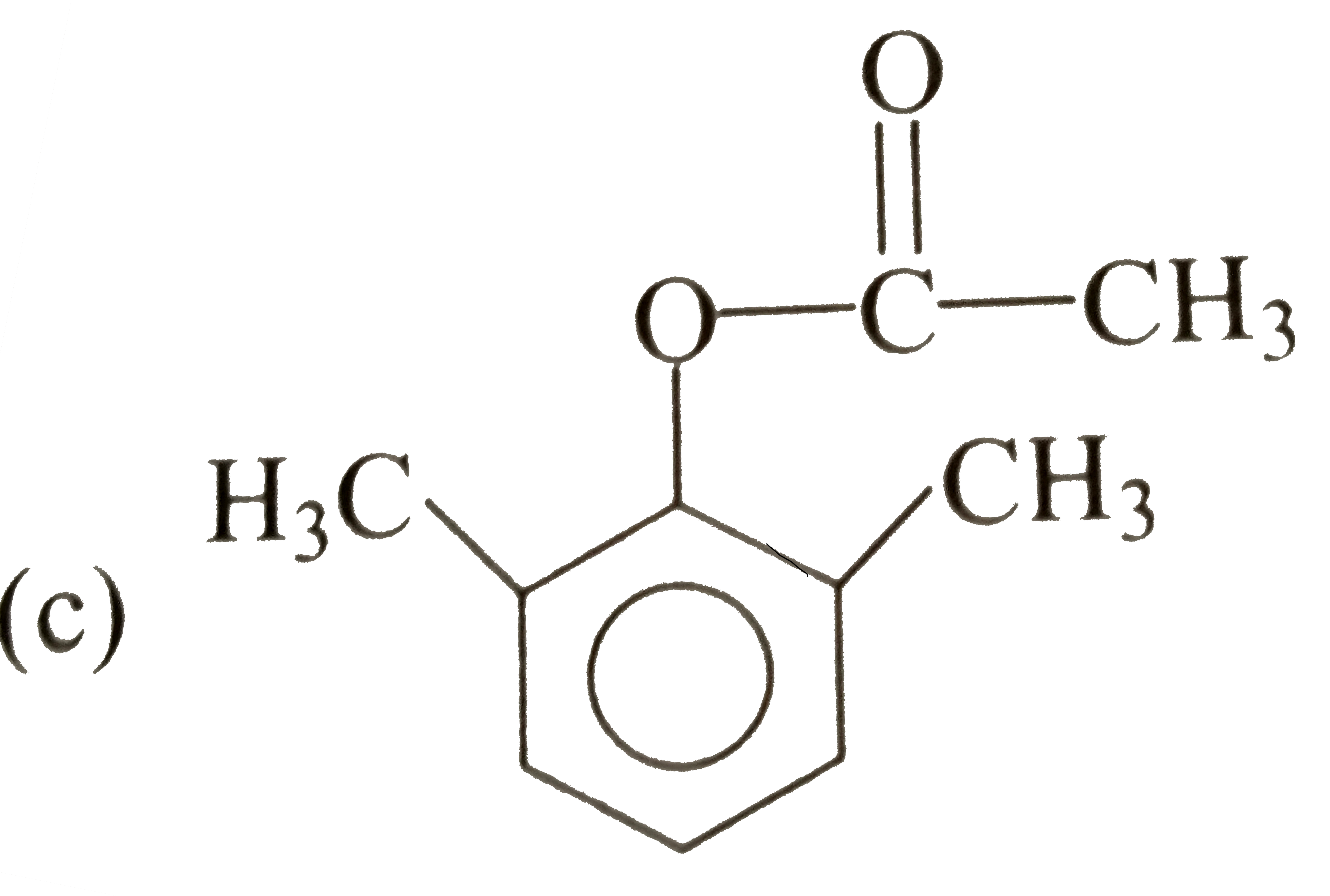Which of the following provides explanation for the ionic nature of AlCl3.6H2O although we know that AlCl3 is covalent?
A
Resonance
B
Concept of hydration energy
C
Concept of molecular orbitals
D
ionisation energy
Video Solution
Text Solution
The correct Answer is:B
Ionic nature of AlCl3.6H2O is explained on the basis of hydration energy released when Al3+ surrounded by 6H2O molecules. This energy compensates the high ionisation energy required for the formation of Al3+ from Al.
|
Topper's Solved these Questions
- CHEMICAL BONDING AND MOLECULAR STRUCTUREBOOK - DINESH PUBLICATIONCHAPTER - CHEMICAL BONDING AND MOLECULAR STRUCTUREEXERCISE - REVISION
279 Videos
- CHEMICAL BONDING AND MOLECULAR STRUCTUREBOOK - DINESH PUBLICATIONCHAPTER - CHEMICAL BONDING AND MOLECULAR STRUCTUREEXERCISE - Comprehension M.C.Q
24 Videos
- CARBOXYLIC ACIDS BOOK - DINESH PUBLICATIONCHAPTER - CARBOXYLIC ACIDS EXERCISE - BRAIN STORMING MULTIPLE CHOICE QUESTIONS (MCQS)
13 Videos
- CHEMICAL KINETICSBOOK - DINESH PUBLICATIONCHAPTER - CHEMICAL KINETICSEXERCISE - Additional Numerical Problems For Practice
16 Videos
Similar Questions
Knowledge Check
Which of the following compounds will not rerranege on heating with AlCl3 ?
A B
B C
C D
D
Which of the following reactions will not give the anhydrous AlCl3 ?
ABy heating AlCl3⋅6H2OBBy passing dry HCl gas on heated aluminium powderCBy passing dry chloine gas on heated aluminium powderDBy passing dry chlorine gas over a heated mixture of alumina and cokeWhich of the following alkanes is affected byAlCl3 ?
ACH4BC2H6CC3H8DC4H10 (n- butane )
Which of the following is most effective electrolyte in the coagulation of Fe2O3.H2O/Fe3+ sol ?
KCl,AlCl3,MgCl2,K4[Fe(CN)6]
View SolutionWhich of the following structures correspond to the product expected, when excess of C6H6 reacts with CH2Cl2 in presence of anhydrous AlCl3?
View SolutionWhich of the following structures correspond to the product expected , when excess of C6H6 reacts with CH2Cl2 in presence of anhydrous AlCl3.
View SolutionWhich of the following are not ionic compounds ?
(I) AlCl3
(II) HCl
(III) CCl4
(IV) NaCl
View SolutionThe covalent nature of AlCl3 can be justified on the basis of
View Solution
